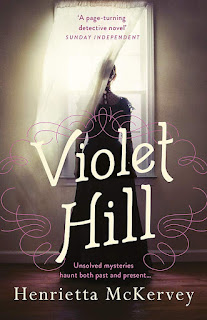Love and Ruin – Paula McLain

Paula McLain has been in Hemingway wife territory before with her 2012 novel The Paris Wife . There was a very clear sense of purpose in that fictionalised look at Hemingway from the perspective of Hadley Richardson, his first wife, McLain bringing into light an important figure in the great writer’s life, one too often left in the shadows. You couldn’t say that Hadley deserved the same recognition as Hemingway of course or even that she had any significant input to one of the most important bodies of American literature, but the story of the role she played deserved to be highlighted all the same. Martha Gellhorn however is a different kind of ‘Hemingway wife’ altogether, and one who is very much her own person. McLain chooses a good way of connecting the woman of The Paris Wife with the woman who will be the centre of Love and Ruin . Inspired by Lady Brett from The Sun Also Rises , like many of her generation and many of the generations that followed, Martha Gellhorn is shown to be




